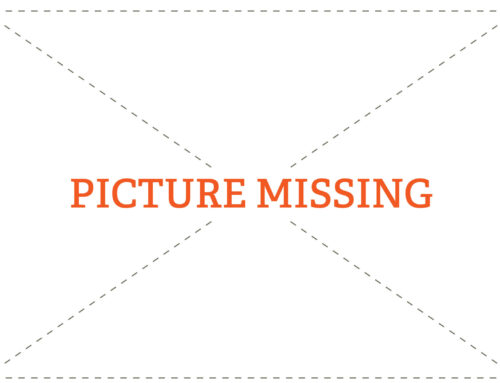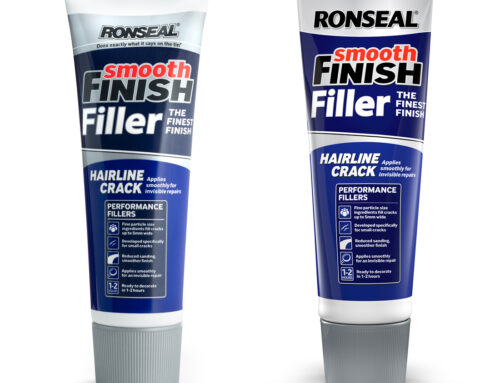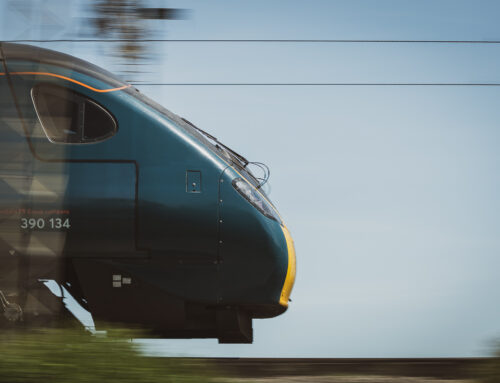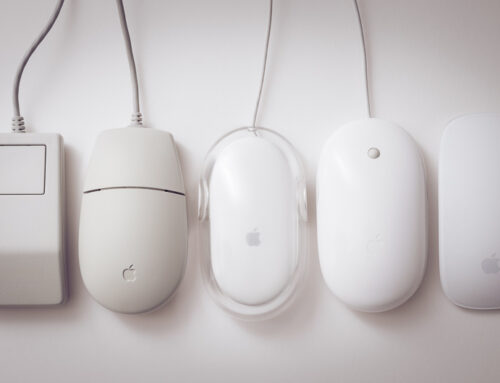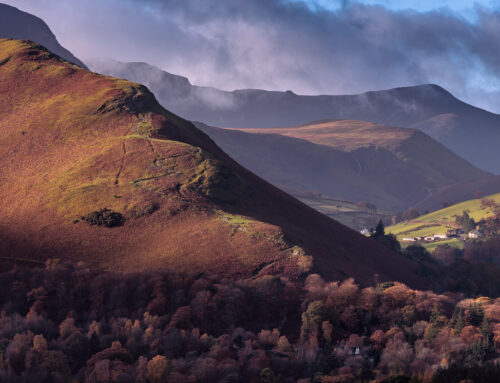I apologise if the title ‘catalogue shoot’ made you think this post was going to be full of photographs of models in underwear! This catalogue shoot is actually just me photographing a catalogue.
Why photograph a catalogue…
… I hear you ask. Well, I designed and artworked it so I needed some images to use in my design portfolio. I normally just shoot printed material on a grey background (see below) but for this job, I wanted to go a bit further. The catalogue contains various building supplies so I ventured to my shed and dug out a few tools and a workbench to use as props. If this was an actual client shoot I would have used less rusty pliers!


How it was shot
I set up the work bench in my office against a black wall so I could control the light better. I wanted the images to look tough, dark and moody with lots of harsh shadows, a style similar to how a number of power tool manufacturers shoot their products.

For lighting I used just one flash gun (on a tripod stand) with a snoot attached. This helps channel the light into a more focused beam and stops it spilling out on to areas I wanted to keep dark. I bounced some subtle light back into the shot using a white piece of card.
I shot handheld for speed, although again, if this was a paid shoot I would have used a tripod and spent longer finessing the compositions and lighting.

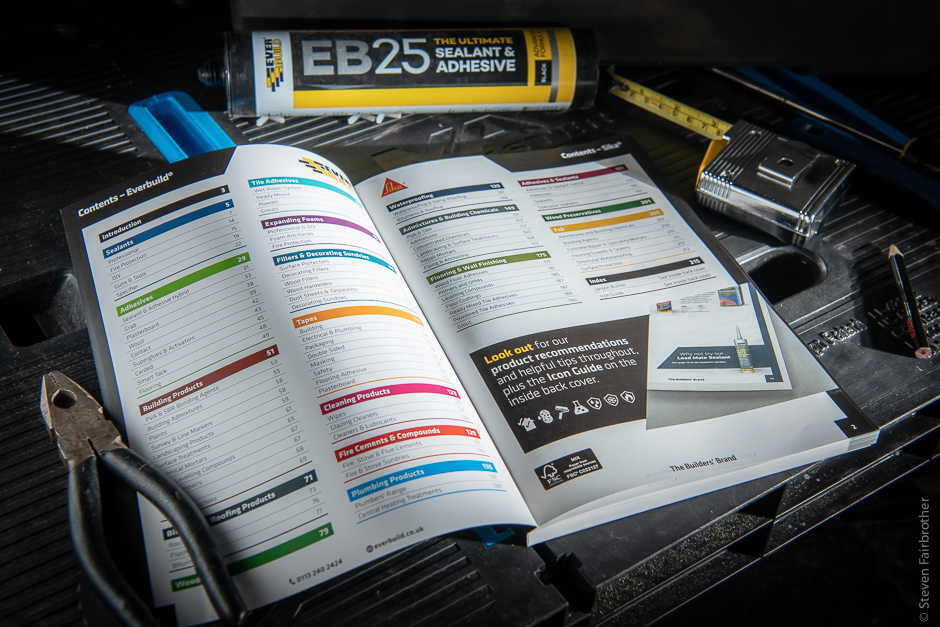
I never get bored playing with light.
OK, you might think the subject matter is boring and I admit I’ve photographed more interesting things but what I enjoyed about this shoot was playing with the light. Although a really simple setup the lighting created a really dramatic effect. And when it’s all under your controls it’s hard not to spend ages just playing (sorry, ‘experimenting’).

When’s a photograph not a photograph?
As well as design and artwork the catalogue I also produced a number of CGIs that appear in it. 3D product visuals are a lifesaver (and money saver) for projects like this. Clients often need a certain selection of products shown together depending on what’s new or on offer. Creating them in 3D is far more flexible than photographing them.
As you can see from the below image I applied the same style of moody lighting. As with shooting in a studio creating the right lighting can be hard work, but at least you don’t have to keep getting up to move light stands around!

I used Cinema 4D to build the scene and Corona Renderer for the final render. I think most photographers would love to light 3D scenes (if not build them), you can still use the same techniques, it’s just easier to cheat a bit when it doesn’t work!


